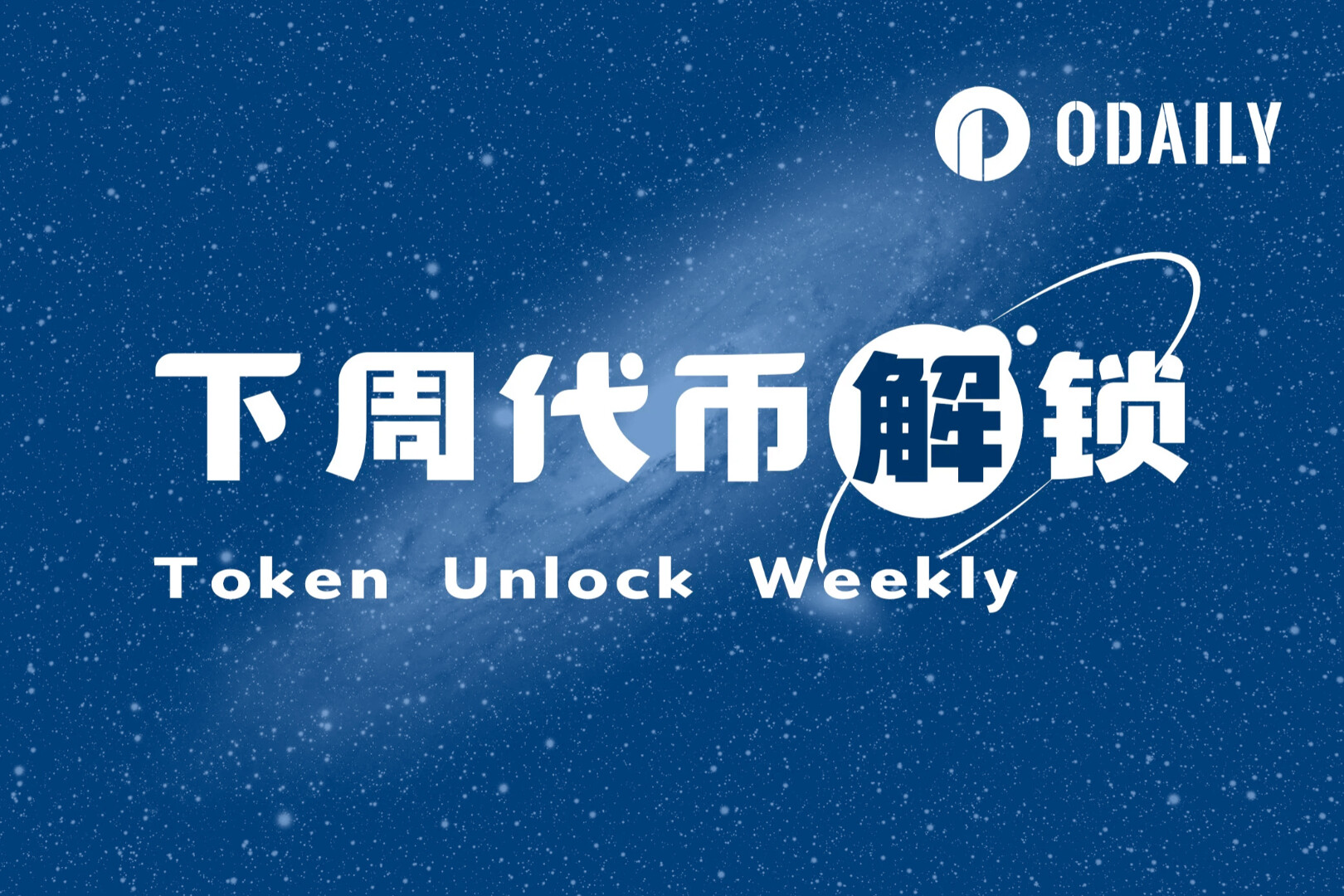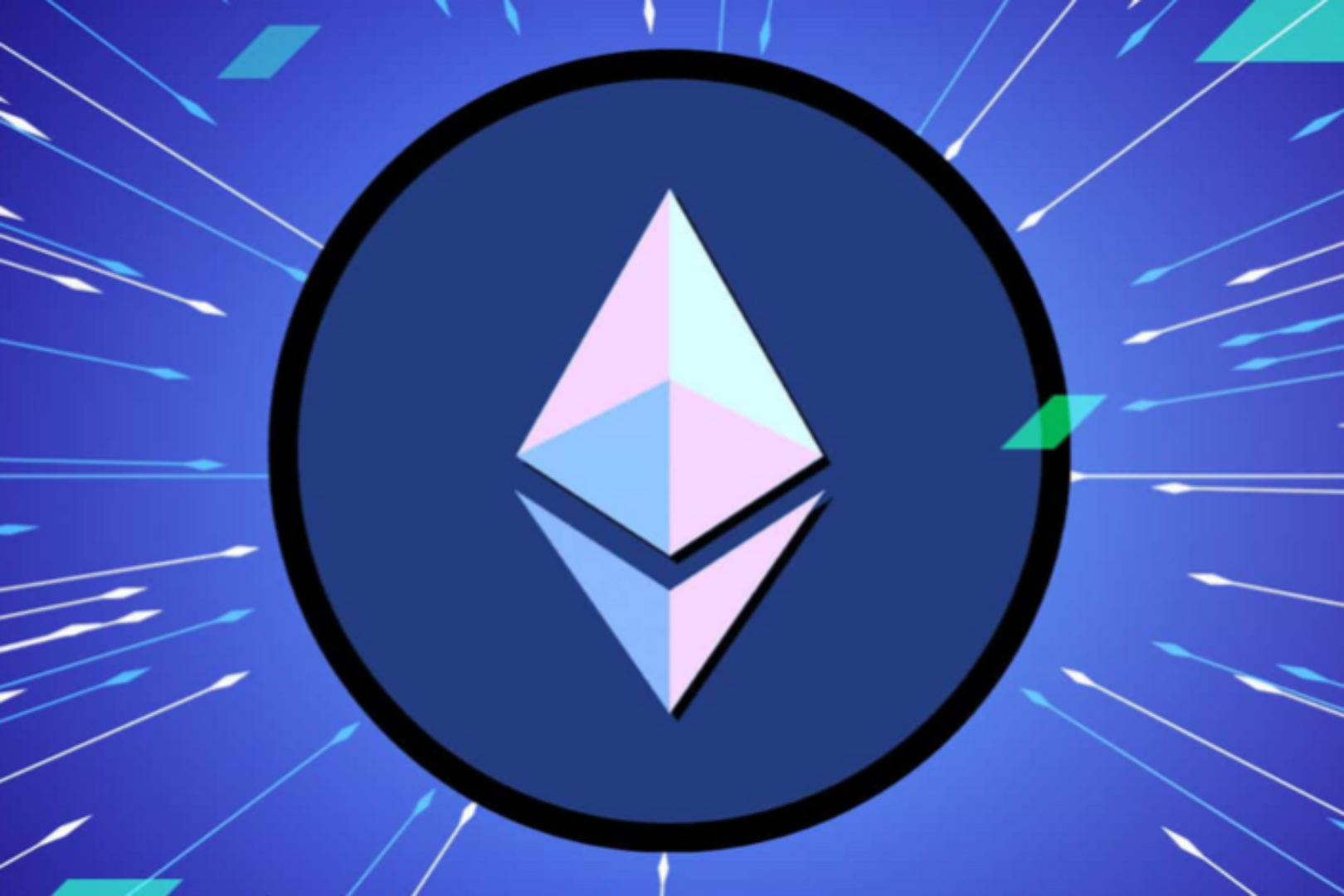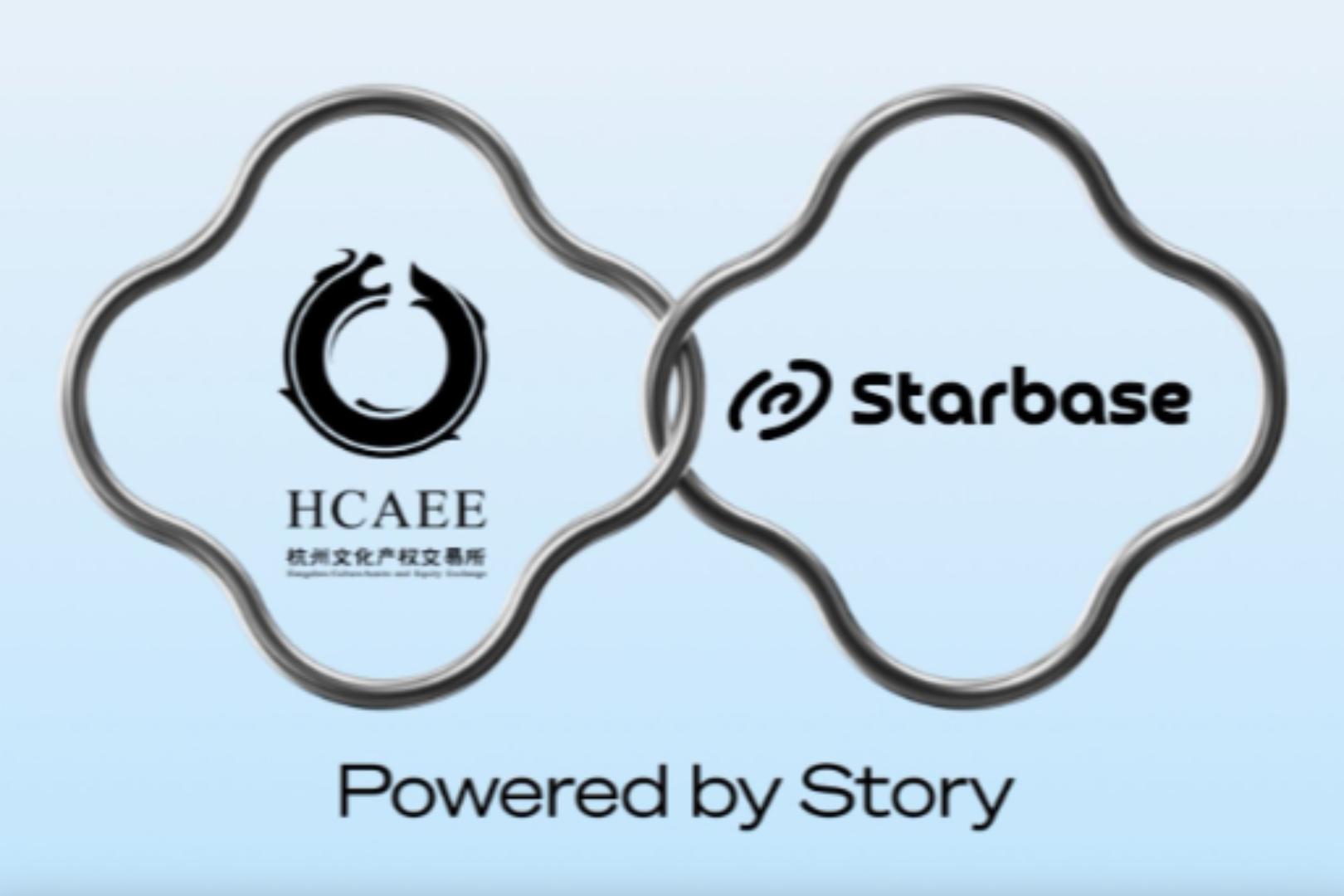기술적 관점: 보안 토큰에 전용 블록체인이 필요합니까?
Should There Be a Blockchain for Security Tokens?
저자: 레미 가이
1. 소개
Bawei Research Institute의 원본, 재인쇄를 위한 출처 표시
1. 소개
Security Token의 산업 체인은 아직 초기 단계이지만 많은 신생 기업은 이를 전통적인 금융 생태계를 완전히 혁신할 수 있는 도구로 간주합니다. 전통적인 자산에서 토큰화된 자산으로의 전환에는 기술 및 규정 준수에 대한 일련의 요구 사항이 포함되어 단순히 ERC-20 프로토콜을 따랐던 이전 ICO보다 토큰화 프로세스가 더 복잡하고 고차원적입니다.
이 연구에서 8D Capital은 보안 토큰화의 다양한 요소와 해당 과제에 대해 논의하고, 다양한 솔루션의 장점과 단점을 평가하고, 향후 몇 년 동안 관련 산업 체인이 어떻게 발전할 것인지에 대한 견해를 밝힐 것입니다.
첫째, 자산의 토큰화는 블록체인에서 다음과 같은 주요 속성을 나타낼 수 있어야 합니다.
1. 레이블 자산: 자산의 가상화된 표현입니다.
2. 자산 소유권: 자산 소유자의 신원.
3. 자산 준수 규칙: 자산 소유권 및 거래를 관리하는 일련의 규제 및 준수 규칙입니다.
다른 고품질 속성에는 프라이버시, 프로그래밍 가능성, 거버넌스, 공개 가능성, 유동성 및 확장성이 포함됩니다. 스마트 계약은 프로그래밍 가능성을 도입하여 채권, 상품 또는 파생 상품 등과 같은 좀 더 복잡한 자산을 편집할 수 있게 합니다. 예를 들어, 부동산 투자 신탁(tREIT)을 토큰화하려면 거래 가능한 단위 내에서 부동산 부채 및 지분 자산을 수집해야 합니다. 스마트 계약을 사용하면 위험, 재조정, 채무 불이행과 같은 복잡한 역학이 소유권을 다루는 것이 아니라 기술에 의해 지원됩니다.
현재 개인 정보 보호 및 규정 준수는 STO를 시작하는 데 가장 중요한 과제인 것 같습니다. 전통적인 금융 증권은 중앙 집중식 관리 기관에 의해 감독 및 통제되며 GDPR, SWIFT 및 FINRA와 같은 관련 규정을 엄격히 준수하여 투자자의 개인 정보와 이익을 보호합니다. 관할권에 따라 투자자는 규정을 준수하고 적격한 방식으로 증권을 투자하고 거래하기 위해 엄격한 KYC 인증 및 자금 세탁 방지(AML) 프로세스를 통과해야 합니다. 그러나 암호 화폐의 국경 없는 P2P(Peer-to-Peer), 공개 및 분산 특성으로 인해 자산 토큰화와 규정 준수 사이에는 약간의 마찰이 있습니다.
예를 들어, 암호화폐는 익명성이 있어 투자자의 주소가 실제 신원을 직접적으로 반영하지 않습니다. 그러나 FINRA 및 SEC는 투자자의 신원을 알고 관련 회사 또는 거래소가 거래 및 보유량을 정기적으로 보고할 것을 요구합니다. 토큰화된 증권 영역에서 KYC 및 AML을 통과하는 공인 투자자 목록은 실제 신원을 주소에 연결하기 위해 제3자에게 의존해야 합니다. 그래야만 투자자의 주소가 자동으로 가이드라인의 요건을 충족하므로 투자 및 거래에 사용될 수 있습니다. 또 다른 예는 독일 법률이 독일에서 발행한 토큰화된 자산의 데이터가 독일과 독일 관련 당사자 간에만 거래될 수 있고 관할권을 벗어날 수 없도록 요구한다는 것입니다.데이터 노드 스토리지 충돌. 또한 모든 거래 및 토큰 보유 기록이 체인에서 표시되고 추적 가능하기 때문에 투자자의 개인 정보를 완전히 보장할 수 없습니다.
레거시 시스템에서 토큰화된 시스템으로 전환하려면 이러한 문제를 해결해야 합니다. 현재 일부 발행 플랫폼은 증권 토큰화를 위한 솔루션을 제공하고 있습니다. 이더리움의 프로토콜 기반 솔루션, 이더리움의 사이드체인 솔루션, 보안 토큰 블록체인 솔루션의 세 가지 범주로 나뉩니다. 다음으로 이러한 솔루션의 장단점을 분석하고 이와 관련된 향후 발전 가능성에 대해 논의합니다.
2. 이더리움의 프로토콜 기반 체계
현재 최첨단 보안 토큰 발행 플랫폼, 특히 Securitize, Polymath 및 Harbour는 기존 Ethereum 위에 솔루션을 구축하고 있습니다. 그러나 STO는 자체 토큰화 프로토콜, 즉 DS-protocol, ST-20 및 R-Token을 통과해야 발급됩니다. 이러한 프로젝트는 중앙 집중식 조직이 있는 것처럼 운영되며 KYC 및 AML과 같은 규정 준수를 확인하는 관련 제3자 조직과 협력해야 합니다.
2015년에 출시된 이더리움은 블록체인에서 보다 복잡한 애플리케이션을 컴파일할 수 있는 스마트 계약을 갖춘 입증된 보안을 갖춘 최초의 블록체인입니다. 기존 블록체인에서 STO를 발행하는 것은 다양한 프로토콜, 도구, 개발자 커뮤니티 리소스 및 우수한 스마트 계약 기능을 최대한 활용하는 것과 같은 이점이 있습니다. 스마트 계약은 거래 규칙, 거버넌스 규칙 및 배당 메커니즘을 정의하는 데에도 사용할 수 있습니다.

반면에 이더리움의 주소는 토큰 소유자의 신원이 숨겨지는 익명성으로 인해 규정 준수 요구 사항과 마찰을 일으킵니다. 이 문제를 해결하기 위해 유통 플랫폼은 다음과 같은 방법으로 투자자가 실제로 해당 주소를 소유하고 있는지 확인해야 합니다. 1) 투자자에게 주소를 제출하고 이메일로 다시 링크하도록 요청합니다. 2) 플랫폼은 투자자를 위한 주소를 직접 생성합니다. 3) 주소 확인 도구(Vertalo에서 제공하는 것과 같은)를 활용하여 투자자가 Metamask를 통해 소액 거래를 함으로써 주소 소유권을 확인하도록 합니다. 모든 투자자가 검증된 후 승인된 주소 목록(즉, 화이트리스트)은 토큰 발행을 위한 스마트 계약에 포함되며 지정된 조건을 충족하는 투자자는 투자, 거래 또는 기타 거래 허가를 할 수 있습니다. 후속 투자자의 추가 또는 축소에 대해서는 다양한 메커니즘을 통해 스마트 계약을 업데이트해야 합니다.
또한 이더리움은 범용 블록체인이기 때문에 ST 전용 기능이 없습니다. 이더리움에서는 ERC-20을 통해 부분적인 소유권을 표현할 수 있으며, 스마트 계약을 통해 제한된 이체와 간단한 배당 메커니즘을 실현할 수 있습니다. 그러나 레거시 시스템, 표준 증권법 및 보다 복잡한 사용 사례(예: 부채, 파생 상품, 공개 및 투표)를 수용하기 위해 상당한 추가 재개발 작업이 필요할 수도 있으며, 특히 기본 스마트 계약 설계 기본 제한이 있습니다.
또한 스마트 계약 자체도 자체 제한적입니다. 더 복잡한 사용 사례를 배포하려면 더 복잡한 스마트 계약이 필요한 경우가 많기 때문에 비용이 더 많이 듭니다. 또한 Solidity는 다른 블록체인의 스마트 계약에서 사용할 수 없기 때문에 이식성도 제한됩니다. 전체 STO 규모의 관점에서 거래 수행, 새로운 기능 구축 또는 시스템의 신뢰 제공 능력 측면에서 영향을 받을 수 있습니다.
3. 이더리움의 사이드체인 방식
POA Network, Loom, Skalelabs 등 일부 이더리움 사이드체인 솔루션이 이미 존재하지만 ST에만 집중하는 사이드체인은 본 적이 없습니다. 사이드체인은 양방향 페그를 사용하여 부모 블록체인에 연결된 별도의 블록체인으로, 궁극적으로 부모 블록체인과 사이드체인 간에 미리 정해진 비율로 자산을 교환할 수 있습니다.

이더리움 전용 사이드체인은 결과를 메인체인에 반환하기 전에 격리된 환경에서 특정 계산을 수행할 수 있기 때문에 흥미로운 대안이 될 수 있습니다. 공개, 규정 준수, 투표/거버넌스, 외부 리소스 통합 등과 같은 모든 프로세스가 체인에서 수행될 필요는 없기 때문에 보다 확장 가능한 방식으로. 또한 프라이버시를 둘러싼 문제도 사이드체인으로 해결할 수 있습니다. 그리고 사이드체인을 만드는 비용, 시간, 노력은 새로운 블록체인을 만드는 것보다 훨씬 적습니다. 사이드체인은 또한 암호화폐 간의 상호 운용성을 허용합니다. 예를 들어 발행자는 메인 체인에서 특정 토큰을 홍보하기 전에 사이드 체인에서 관련 테스트를 수행할 수 있습니다.
사이드 체인의 단점은 보안 요구 사항 측면에서 발생합니다. 사이드체인에는 자체 채굴자가 필요하며 충분한 컴퓨팅 성능이 뒷받침되지 않으면 원칙적으로 취약합니다. 따라서 처음부터 사이드체인을 확보하는 데 도움이 되는 충분한 채굴자가 필요합니다. 또한 메인 체인과 사이드 체인 사이에 공증이 필요합니다. 이 지정된 중앙 집중식 공증인은 토큰을 잠그고 해제할 권한이 있으므로 잠재적인 공격이나 뇌물 수수의 위험이 있습니다.
4. 보안 토큰 블록체인의 체계
보안 토큰 중심의 블록체인은 개인 정보 보호 및 거버넌스와 관련된 가장 근본적인 문제를 해결하고 신뢰 문제와 확장성을 개선하는 데 도움이 될 수 있습니다. Securitize 프로젝트에 참여했으며 Spice VC의 공동 창립자이자 관리 이사이기도 한 Ami Ben David는 "보안 토큰을 위한 블록체인 생성" 아이디어의 주요 지지자입니다. 그는 최근 보안 토큰에 초점을 맞춘 새로운 블록체인 인프라를 제공하는 새로운 프로젝트 Ownera를 시작했습니다.
이 아키텍처에는 증권의 법적 영향을 이해하고 소유권 관리, KYC, KYA 및 거래 프로젝트를 수행할 권한이 있는 금융 및 비즈니스 주체(예: 미국 증권 거래 위원회에서 승인한 전문가)와 관련된 전문가로 구성된 노드가 포함됩니다. 소유권 증명 시스템에서 선택된 초기 노드는 KYA(KYA는 오프체인 자산의 소유권과 토큰 소유자의 권리를 법적으로 정의하는 완전한 문서 세트)를 담당하고 노드는 자산 파일을 업로드합니다. 블록체인에 모든 관련 트랜잭션을 블록에 기록합니다. 트랜잭션의 유효성을 검사하는 데 도움을 주는 대가로 노드는 항상 연결된 자산으로 보상을 받습니다. 아키텍처에서는 초기 노드만 세부 정보에 액세스할 수 있으므로 투자자의 개인 정보 보호 문제를 고려합니다. 보유자와 자산은 필요에 따라 자신이 속한 프라이버시 수준을 관리할 수도 있습니다. 또한 특정 노드가 트랜잭션을 확인하면 트랜잭션 속도가 빨라져 Nasdaq과 같은 기존 거래소에서 요구하는 대량 트랜잭션을 지원하기 위해 확장 가능한 인프라를 제공합니다.
또한 Ownera는 각 지역, 자산 유형 등에 대한 특정 규정을 다루는 규제 추가 기능의 오픈 소스 규제 라이브러리를 제공할 계획입니다. 모든 자산은 활성화할 프로비저닝을 선택할 수 있으므로 자체 프로세스를 거쳐야 하는 다양한 프로토콜의 작업 부하를 줄일 수 있습니다. 또한 관련 사용자는 더 이상 다른 발행 프로토콜을 지원하느라 바쁠 필요가 없으며 보안 토큰의 전용 블록체인을 직접 사용할 수 있습니다. 기존 블록체인과 같은 블록체인 기반의 새로운 합의 메커니즘을 생성하는 대신 블록체인 수준에서 보안 토큰에 대해 특별히 최적화된 새로운 합의 모델을 컴파일할 수 있습니다.

V. 결론
V. 결론
현재 솔루션의 대부분은 이더리움 프로토콜을 기반으로 하며 ST 중심의 블록체인을 개발하는 새로운 프로젝트도 있습니다. 우리는 STO 혁명의 초기 단계에 있기 때문에 위에서 언급한 개인 정보 보호 문제는 다양한 단계에서 해결되는 데 시간이 걸릴 것이라고 생각합니다. 초기에 프라이버시에 대한 솔루션은 신뢰할 수 있는 중앙 집중식 기관에 크게 의존하는 오프체인일 가능성이 높습니다. 이러한 기관은 투자자 정보에 액세스하여 로컬에 저장할 수 있습니다. 그 후, 사이드체인 기반 프라이버시 솔루션은 데이터를 샤딩하여 전체 공용 네트워크에서 숨길 수 있습니다. 마지막으로 프라이버시 솔루션은 보다 전문화된 보안 토큰 블록체인에서 직접 구현될 수 있으며 소유자 및 관련 자산 액세스 수준의 프라이버시를 관리 및 제어할 수 있습니다.
지금까지 발행 측의 솔루션은 이더리움 프로토콜(간단한 토큰화 사용 사례용)을 기반으로 했습니다. 우리는 미래에 더 전문화된 블록체인이 등장할 것이라고 믿지만, 이것이 이전의 이더리움 기반 프로토콜이 가치가 없거나 결국 쓸모없게 된다는 것을 의미하지는 않습니다. 예를 들어 ZKP(Zero-Knowledge Proof) 기술이나 Bulletproof과 같은 프라이버시 솔루션이 성공적으로 구현되면 퍼블릭 체인의 프라이버시 문제도 향후 해결될 수 있습니다. 관련 작업에 참여하는 회사로는 Zcoin과 Ernst & Young(EY Ops Chain Public Edition 프로토타입)이 있습니다. 기존 프로토콜이 더 나은 것으로 판명되면 다른 블록체인으로 포팅을 시도할 수도 있습니다. 예를 들어 Securitize의 첫 번째 프로토콜은 Ethereum에서 사용되기를 원하며 모델 아키텍처를 다른 분산 회계 시스템으로 포팅할 계획입니다.

덧붙여서, Union Square Ventures는 최근 개발 프로세스에서 기술 아키텍처와 애플리케이션 사이에 존재하는 상호 자극을 설명하기 위해 흥미로운 관계 이론을 도입했습니다. 그리고 우리는 ST가 비슷한 방식으로 발전할 것이라고 생각합니다. 예를 들어 특정 수직 분야(예: 부동산)의 획기적인 응용 프로그램은 관련 응용 프로그램의 규모를 위한 새로운 프로토콜 또는 블록체인의 개발을 자극할 것입니다.

이 과정은 유가 증권과 관련된 다양한 분야에서 반복될 것입니다. 그리고 시간이 지남에 따라 다양한 사용 사례가 완전히 탐색되고 이해됨에 따라 모든 프로토콜 또는 블록체인에 대해 보다 강력하고 확장 가능하며 적합한 플랫폼이 등장할 것입니다. 이는 증권 업계의 AWS와 거의 동일합니다.
현재 우리는 보안 토큰 생태계 구축의 초기 단계에 있습니다. 배포 측면에서 이러한 솔루션 중 다수는 아직 개발 및 테스트 중입니다. 우리는 기술 및 규제 관점에서 STO 생태계가 성장과 성숙을 달성하여 전통적인 증권 시스템에서 토큰화 시스템으로 지속 가능한 전환을 달성하는 데 최소 4년이 걸릴 것이라고 믿습니다. 생태계가 더 성숙해지기 전에 ST의 초기 사용자 대부분은 전통적인 금융계가 아닌 암호화폐계에서 올 것입니다. 내년에 다양한 STO 및 거래소가 출시됨에 따라 유동성 부족과 더 복잡한 사용 사례 및 증권법의 구현으로 인해 STO에 대한 과대 광고 및 전반적인 기대치가 줄어들 것으로 예상됩니다. 시간이 지남에 따라 보다 효율적인 기술과 새로운 규정이 등장하고 기존 플레이어의 성장과 수용을 촉진하는 데 도움이 될 것입니다.
Should There Be a Blockchain for Security Tokens?
Author:Remi Gai
Introduction:
As the hype for Initial Coin Offerings is weakening, the attention is now shifted toward the Security Token (ST) industry. The ST industry is currently at its nascent stage, in which many startups are trying to revolutionize the traditional financial ecosystem. The transition from traditional assets to tokenized assets involves a set of requirements on both technological and compliance perspectives, making the tokenization process more complicated than simple tokenization through ERC-20 like we’ve seen for ICOs in the past. In our research, 8 Decimal Capital will discuss the various components and challenges in tokenizing securities, evaluate the pros/cons of other solutions, and create a thesis around how the space could evolve in the next couple of years.
From a fundamental perspective, a tokenized version of assets should be able to demonstrate these key properties on the blockchain:
The underlying asset: the virtual representation of the asset.The ownership of the asset: the identity of the asset owners.The compliance rules of the asset: the set of regulatory and compliance rules governing the ownership and transaction of the asset.
Other desired properties include privacy, programmability, governance, disclosure, liquidity, and scalability. Smart contract introduced programmability, allowing the implementation of more complex assets, such as bonds, commodities or derivatives. For example, Tokenized real estate investment trust (tREIT) involves a series of real estate debt and equity assets in a single tradeable unit. In this case, smart contracts can support for complex dynamics such as risk, rebalancing, debt defaults, in addition to just simple ownership on the blockchain.
Currently, privacy and compliance seem to be the major challenges in launching STOs. Financial securities are currently regulated and controlled by centralized authorities, following strict regulations such as GDPR, SWIFT, and FINRA, who ensure the privacy and protection of investors. Depending on the jurisdiction, investors have to go through strict Know Your Customer (KYC) and Anti-Money Laundering (AML) processes to be compliant and eligible to invest and trade securities. However, due to the borderless, peer-to-peer, transparent and decentralized natures of cryptocurrency, some frictions exist between tokenized assets and compliance.
For instance, cryptocurrency uses pseudonymization, in which the investors’ addresses are not directly reflecting their real identities. However, FINRA and SEC require that the identity of the investors are fully known and their transactions and holdings are reported periodically by the companies and exchanges. In the tokenized securities space, a list of eligible investors who passed KYC and AML would have to depend on third parties to connect their real identities to their public addresses. Only then, the investor addresses are valid for investments and trades as they are approved at the code level and automatically compliant. Another example is that German laws require the data of tokenized assets issued in Germany to be traded among German parties and cannot leave the jurisdiction, which contradicts the way data is currently stored across nodes around the world on public blockchains. Moreover, privacy isn’t completely available to the investors because all the transactions and token holdings are visible and traceable on public blockchains.
These challenges will have to be solved for the legacy system to transition into a tokenized system. Currently, a few issuance platforms are offering solutions for tokenizing securities. We have divided them into 3 categories: Protocols on Ethereum, Side-chains on ethereum, and a Security Token blockchain. Next, we will analyze the pros and cons of these different type of solutions, and discuss how the space could evolve.
1) Protocols Built on Ethereum:
Currently, the most advanced Security Token issuance platforms, notably Securitize.io, Polymath and Harbor, are building their solutions on the top of existing blockchains, with Ethereum being the most utilized blockchain. STOs are issued through their token standards, respectively DS-Protocol, ST-20, and R-Token. These projects are operating as centralized entities and working with third-party compliance validators for KYC and AML.
Ethereum, released in 2015, is the first and most proven secure blockchain with smart contract capabilities, allowing for more complex use cases to be implemented on the blockchain. Issuing STOs on the top of an existing blockchain does have its benefits, such as having access to the interoperability among different protocols, existing tools, developer community, and smart contract functionalities. Smart contracts can be used to define trading and governance rules, as well as dividend mechanisms.

Figure 1: Pros and cons of protocols built on Ethereum
On the other hand, addresses on ethereum are under pseudonyms, in which the identity of the token holders is hidden, causing friction with compliance. To solve this problem, issuance platforms have to verify that the investors actually own the addresses themselves by 1) Asking the investors to submit their addresses and link back to their email 2) Create an address directly for the investors 3) Utilize an address verification tool (like the one provided by Vertalo), in which the ownership of addresses are verified by asking investors to conduct micro-transactions through MetaMask. After all the investors are verified, the list of approved addresses (whitelist) is included into a smart contract for the token issuance, specifying the list of eligible investors for investing/trading as well as other trading permissions. For any new addition or subtraction of investors, the smart contract will have to be updated through various mechanisms.
Additionally, Ethereum is a general purpose blockchain, which doesn’t have functionalities specifically catered towards the needs of STs. Ethereum can easily represent fractional ownership on the blockchain through ERC-20, as well as transfer restrictions and simple dividend mechanisms through smart contracts. However, adapting to the legacy system, standard securities laws and more complex use cases such as debt, derivatives, disclosures, and voting would require a significant amount of coding efforts to bypass the challenges from the constrained code-semantics of smart contracts. Moreover, smart contracts have limitation in size due to the higher cost of deploying larger smart contracts for more complex use cases and limitation in portability as Solidity cannot be carried over to other blockchains’ smart contracts. This could impact the overall scalability for conducting transactions, building new functionalities, and providing trust in the system.
2) Side-Chain Built on Ethereum:
While we haven’t seen a side-chain focused on STs, some existing Ethereum sidechain solutions include POA Network, Loom (👽 Dilanka @ LOOM / @mcu11inan), Skalelabs (Jack O’Holleran / Chadwick Strange), etc. A sidechain is a separate blockchain that is attached to its parent blockchain using a two-way peg, that enables interchangeability of assets at a predetermined rate between the parent blockchain and the sidechain.
Specialized side-chains on ethereum can be an interesting alternative, as it can offload specific sets of computation to isolated environments then reflect the results back to the main-chain. As not every process needs to live on-chain, components such as disclosures, compliance, voting/governance, and integration with external sources can be achieved with a side-chain, making transactions more scalable while utilizing the security of Ethereum. Additionally, the challenges around privacy can be solved on side-chains. The cost, time and effort of creating a side chain are also much less than creating a new blockchain. Side chains also allow cryptocurrencies to interact with each other. For example, an issuer can test out the tokens on the sidechain, before pushing them on to the main chain.

Figure 2: Pros and cons of side chain built on Ethereum
Some of the cons of side-chains are around the requirements for its security. Sidechains need their own miners, and without enough mining power, they could be compromised. Therefore, there’s an initial requirement for an extensive network of miners to help secure side-chains. Additionally, a federation needs to be assigned by the side-chain developers to serve as an intermediate point between the main chain and the side-chains. This designated centralized group has the power to lock and release tokens, creating a risk for attack or bribery.
3) A Blockchain Focused on Security Token:
A Security Token focused blockchain can help solve some of the fundamental challenges around privacy and governance, as well as improve trust and scalability. The co-founder and managing director of SPiCE VC, who also previously launched Securitize, Ami Ben-David, is a major proponent of the idea of creating a blockchain for Security Tokens. He recently introduced his new project, Ownerna, which offers a new blockchain infrastructure solely focused on Security Tokens.
The nodes are composed of experts who are financial and commercial entities (for example. SEC approved in the US), understand the legal ramifications of securities, and authorized to do ownership management, KYC (Know-Your-Customer), KYA (Know-Your-Asset) and transactions. In the proof-of-ownership system, the chosen primary node takes care of KYA, a full set of documents that legally define the ownership of off-chain asset and the rights of token holders, stakes its reputation, uploads the asset onto the blockchain and writes all the transactions to the blocks. In return, the primary node is rewarded with the asset’s lifetime revenues for helping validate its transactions. This way, only the primary node can access the details, allowing for privacy for the investors. Owners and assets can also manage their privacy level as needed. Additionally, having specific nodes validating transactions can allow for higher transaction speed, providing a more scalable infrastructure that can support a larger volume of transactions required in traditional exchanges such as Nasdaq.
Ownera also plans on offering an open-source regulation repository containing regulation Add-Ons, each covering a specific regulation per country, asset type, etc. Any asset can choose which regulations to enable, saving the effort for different protocols that go through this process themselves. Additionally, exchanges can save energy from supporting different issuance protocols separately by directly supporting the Security Token blockchain instead. New consensus models can also be implemented to be optimized for Security Tokens at the blockchain level, instead of creating artificial consensus mechanisms on the top of existing blockchains.

Figure 3: Pros and cons of Security Token focused Blockchain
Although a new blockchain might sound to be the better solution, the creation of a new blockchain will take significant effort and time to be built out, meaning that it can take years before any applications are built out. A new blockchain would also require the design of a new native cryptocurrency to incentivize network participants, in which the token economics will have to be well defined to ensure sustainability. Also, once deployed, the viability and security of the new blockchain will also have to be tested over time. Furthermore, the development of the developer community, and tools would also have to start from nothing.
Conclusion:
Most of the current solutions are protocols built on the top of Ethereum, and some new projects are looking to develop an ST-focused blockchain. We believe that the privacy issue will take time to be solved in different phases, as we are in the early stage of the STO revolution. First, privacy will most likely be off-chain, heavily relying on trusted centralized authorities that have access to the investor information and keeping them stored locally. Next, privacy solutions based on side-chains could help segregate data into different sets, hiding them from the public network as a whole. Finally, privacy can directly live on-chain on a more specialized Security Token blockchain, which can allow owners and assets to control their privacy access level.

Figure 4: Evolution of privacy for Security Tokens
As of now, the issuance solutions offered are protocols based on Ethereum, allowing for simpler use cases of tokenization. Although we believe that a more specialized blockchain will eventually appear, it doesn’t mean that previous Ethereum-based protocols are not valuable and will go out of use in the future. For instance, the privacy issue in public blockchains might also be solved in the future if privacy solutions such as ZKP (Zero Knowledge Proof) technology, or Bulletproof are successfully implemented. Some of the companies who are exploring ways to implement ZKP on Ethereum include Zcoin Project, and Ernst & Young (EY Ops Chain Public Edition prototype). The existing protocols can also transition to different blockchains if they prove to be better. For example, Securitize’s first protocol implementation will work over the Ethereum blockchain, but they also plan on transferring its architectural model to additional distributed ledger systems.

Figure 5: Evolution of Apps and infrastructure from Union Square Ventures
On a side note,Union Square Ventures recently introduced an interesting relationship theory between infrastructure and applications. We think that the space will evolve in a similar way in which breakthrough applications in specific verticals, for example, real estate, will appear first to disrupt the space and inspire for a new protocol or blockchain to be developed to allow for similar applications to be built at scale. This process will be repeated among different verticals that are related to securities. Over time, the one size fits all protocol or blockchain will emerge as different use cases are fully explored and understood, providing a more powerful and scalable platform that would be the equivalent of AWS for securities.

Figure 6: Hype cycle of the Security Token industry
As of now, we are still in the early stages of the Security Token ecosystem, in which different issuance solutions are still being developed and tested. We believe that it will take at least another 4 years for the STO ecosystem to grow and mature from both a technical and regulatory perspective, allowing for a sustainable transition from the traditional securities system into a tokenized system. Until the space becomes more mature and viable, the majority of the early adopters of STs are going to be from the cryptocurrency space rather than the traditional players. As the different STOs and exchanges launch next year, we predict that the lack of liquidity and challenges around implementing complex use cases and securities laws will bring us closer to the reality and decrease the overall hype and expectations around STOs. Over time, more efficient technology and new regulations will appear and help drive the growth and adoption from the traditional players.





